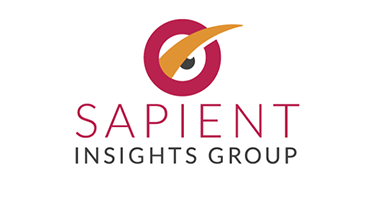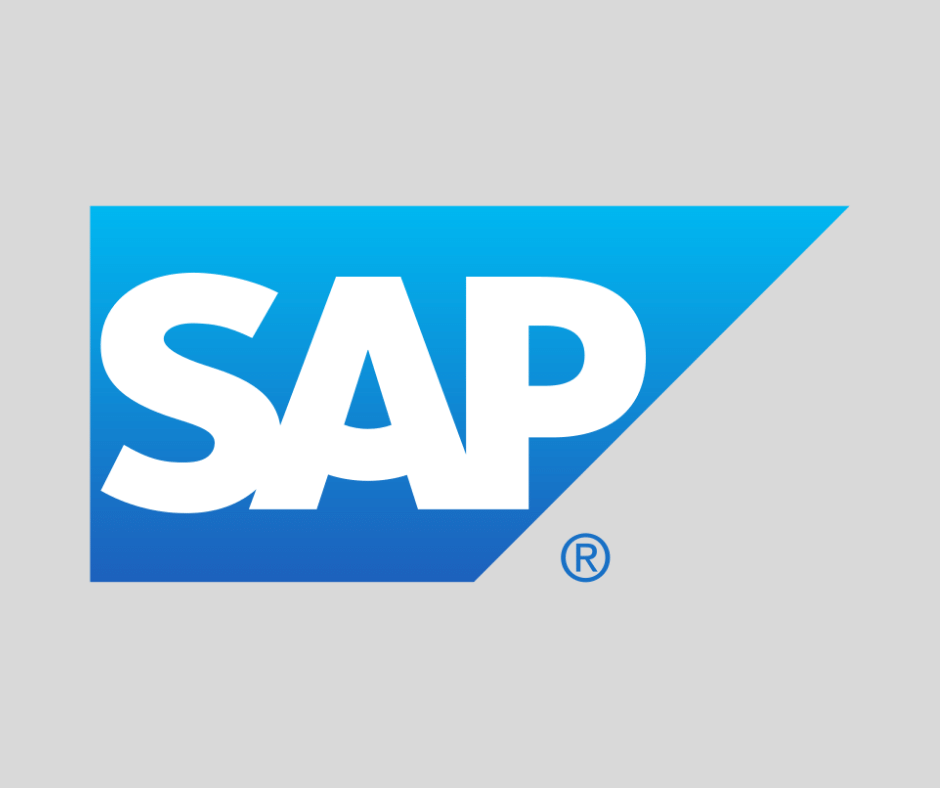For human resources leaders, the challenge of delivering competitive health benefits is constant: meet the diverse needs of a modern workforce without breaking the budget. Rising premiums, unpredictable renewals, and increasingly varied employee demographics make the traditional group plan model harder to sustain.
This is where the Individual Coverage Health Reimbursement Arrangement (ICHRA) is transforming the landscape. While its financial predictability offers significant advantages for employers, an ICHRA’s true power lies in its ability to deliver unparalleled personalization and control directly to employees. It’s why ICHRAs are gaining momentum as a core benefits strategy, with Applicable Large Employers (ALEs) showing significant uptake, including some large employer cohorts experiencing 49% year-over-year growth from 2024-2025.
Beyond the One-Size-Fits-All: The Employee Perspective
Traditional group health plans, by their very nature, are designed to serve a collective. While convenient for employers, this often means employees are presented with a limited selection of two or three options, none of which might perfectly align with their unique health needs, financial situation, or personal preferences. A young, healthy professional has vastly different requirements than a family with young children, someone managing a chronic condition, or an employee planning for retirement.
While convenient for employers, this often means employees are presented with a limited selection of two or three options, none of which might perfectly align with their unique health needs, financial situation, or personal preferences. A young, healthy professional has vastly different requirements than a family with young children, someone managing a chronic condition, or an employee planning for retirement.
ICHRAs fundamentally shift this paradigm. Instead of employers selecting the plan, they provide a tax-free allowance, and employees use these funds to purchase an individual health insurance plan that best suits them from the open marketplace. This is the essence of how an ICHRA can help you ‘plan on personal’ – empowering individuals to take control of their healthcare decisions.
Real-World Impact: Personalization and Savings in Action
The impact of this shift is best understood through the experiences of companies and their employees who have embraced an ICHRA. These case studies demonstrate how ICHRAs deliver on the promise of personalized choice while also achieving significant financial benefits.
Consider New England Life Care, a company with 500 employees, which faced a daunting 39% increase on their group insurance. Their HR team, led by Executive Director Caryn Goulet, sought a solution that would stabilize costs without compromising employee well-being. By transitioning to an ICHRA, New England Life Care not only reduced healthcare costs by 40%, redirecting $3.8 million to wage optimization, but also dramatically expanded employee choice. Their employees moved from a mere 3 group plan options to selecting over 180 unique health plans. As Goulet shares, “Our employees compare their ICHRA benefits with friends and family with group benefits, and the answer typically comes back the same — our options are greater, and employees pay less for them.” This illustrates how ICHRA directly translates to tangible financial benefits for employees through personalized selection.
Another compelling example comes from The Rose Group, a hospitality company with over 50 restaurants and 315 employees. They too faced escalating costs, with a 12% group plan increase. After switching to ICHRA, the business saved $1.6 million, and employees collectively saved $1 million in premiums, with a quarter of their population even achieving $0 premiums. Beyond the financial gains, The Rose Group saw a remarkable reduction in their consistent 20% employee turnover rate, which plummeted to 9%. An employee survey revealed 309 out of 315 people had a positive ICHRA experience, with testimonials ranging from “Too good to be true” to “Life-changing.” Rockelmann states, “This was an absolute game changer for us. We will never go back to group.” This case highlights how personalization directly impacts employee satisfaction and retention, key HR metrics.
These examples underscore a crucial trend: employees, when given the choice and financial support through an ICHRA, often opt for richer plans. Data from the HRA Council indicates that nearly 70% selected Gold or Silver-tier health plans, suggesting they are actively leveraging the model to secure comprehensive coverage that aligns with their perceived needs, not just the cheapest option.
The HR Executive’s Role: From Selector to Guide
This shift towards personalization means the HR leader’s role evolves from a “plan selector” to a “plan guide.” Success with an ICHRA starts with the right infrastructure. Benefits administration platforms play a critical role, guiding employees through plan selection, managing reimbursements, and ensuring compliance.
Employee education is also key. In year one, most employee questions focus on understanding plan options and networks. By year two, employees tend to become more confident, focusing on working with human resources to figure out the best way to optimize their coverage. This empowers employees to become more informed healthcare consumers, leading to better health outcomes and greater satisfaction.
The shift toward personalization in benefits mirrors broader workplace trends—flexibility, choice, and employee empowerment. An ICHRA offers a fresh way to align benefits strategy with these new, modern expectations while maintaining cost control. It allows HR to foster a more engaged and satisfied workforce, aligning benefits strategy directly with organizational goals and enhancing the employer brand.
Learn more about ICHRAs: ambetterhealth.com/ichra/



















